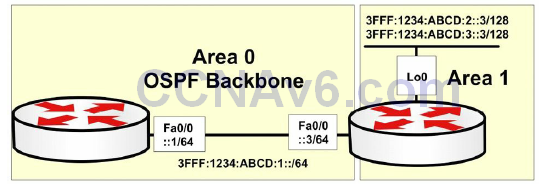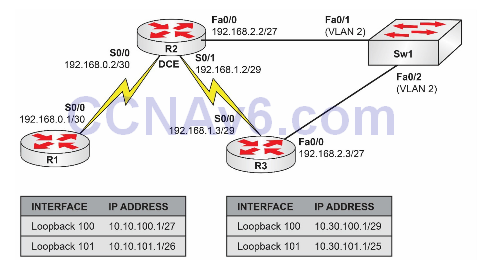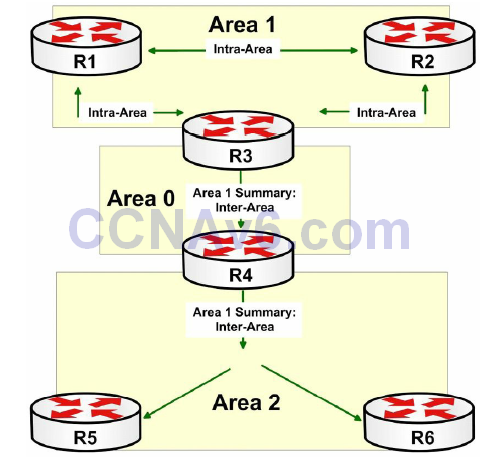

Lab 30: Passive Interfaces for RIPv2 Updates
Lab Objective: The objective of this lab exercise is for you to learn and understand how to prevent RIPv2 from sending unnecessary updates by using passive interfaces. Lab Purpose: Preventing unnecessary RIPv2 updates using passive interfaces is a fundamental skill. By default, RIPv2 sends updates via multicast on …
Lab 29: Debugging and Verifying RIP Version 2 Updates
Lab Objective: The objective of this lab exercise is for you to learn and understand how RIPv2 updates are sent. Unlike RIPv1, RIPv2 sends updates using multicast. Lab Purpose: RIPv2 update debugging is a fundamental skill. By default, RIPv2 sends updates via multicast. You can use debugging commands …

Lab 28: RIPv2 Automatic Summarization
Lab Objective: The objective of this lab exercise is for you to learn and understand automatic network summarization using Routing Information Protocol version 2 on a Cisco IOS router. By default, when RIP routing is enabled on networks, it performs summarization at default network boundaries. Lab Purpose: RIPv2 …
Lab 27: Configuring RIP version 2
Lab Objective: The objective of this lab exercise is for you to learn and understand how to configure Routing Information Protocol version 2 on a Cisco IOS router. Lab Purpose: RIPv2 configuration is a fundamental skill. By default, when RIP is enabled on a Cisco router, both version …

Lab 26: Configuring IP Floating Static Routes
Lab Objective: The objective of this lab exercise is for you to learn how to implement IP floating static route functionality on a Cisco router. Lab Purpose: Configuring a floating static route will allow your Cisco router to have a backup route to a destination in case the …
Lab 25: Configuring IPv6 Default Routes
Lab Objective: The objective of this lab exercise is for you to learn and understand how to manually configure static default IPv6 routes. Lab Purpose: Manually configure IPv6 interface addressing, and then configure a static default route so R1 can reach the addresses on the Loopbacks of R2. …

CCNA 4 v6.0 Study Material – Chapter 8: Network Troubleshooting
Chapter 8 – Sections & Objectives 8.1 Troubleshooting Methodology Explain troubleshooting approaches for various network problems. 8.2 Troubleshooting Scenarios Troubleshoot end-to-end connectivity in a small to medium-sized business network, using a systematic approach. 8.1 Troubleshooting Methodology Network Documentation Documentation is critical to being able to monitor and troubleshoot …

